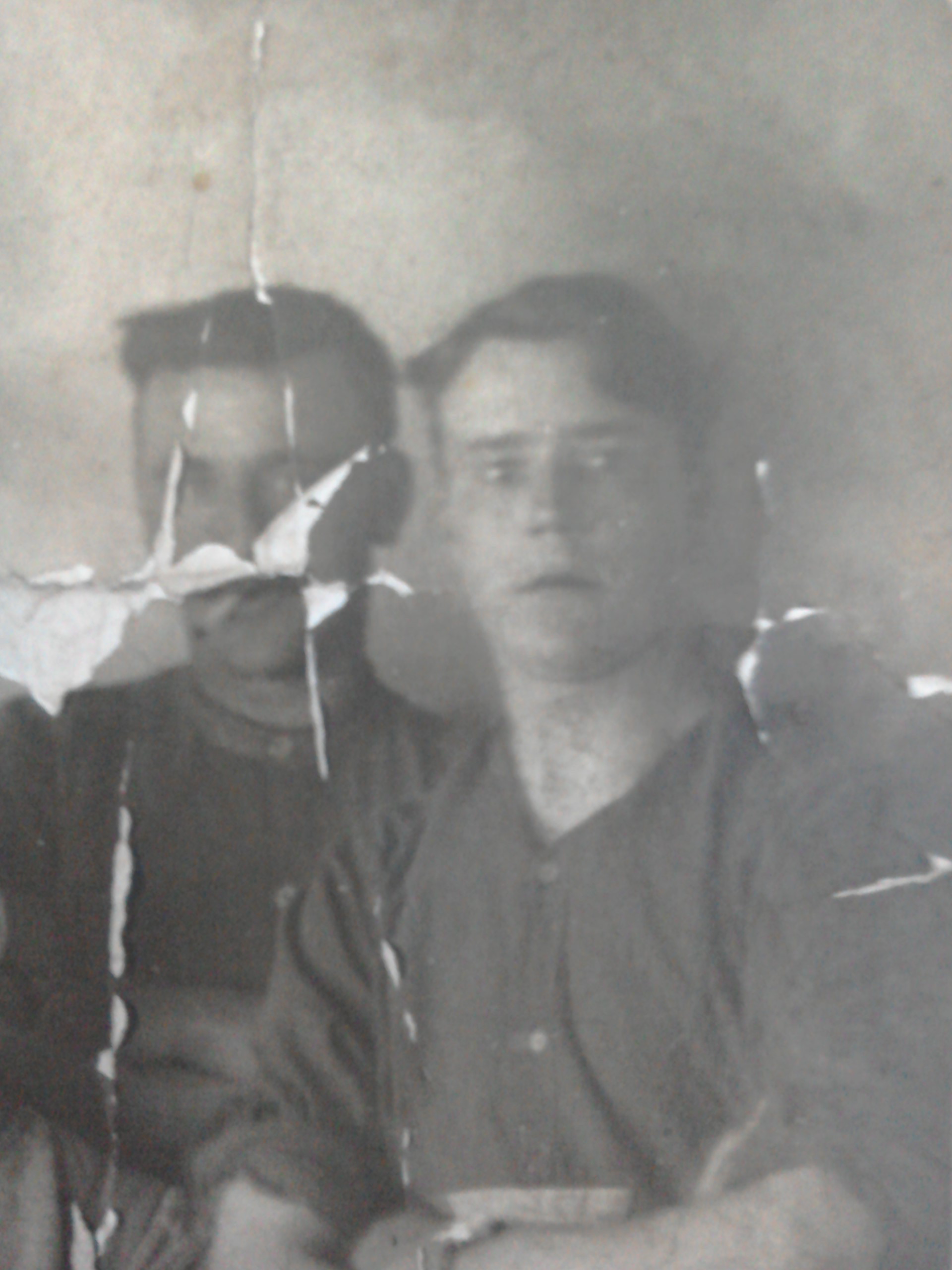Gnr
William O'Marr
Informations sur naissance
|
Année de naissance: 1894 |
|
Lieu de naissance: Denaby Main, Yorkshire, Angleterre, Royaume-Uni |
Informations générales
|
Profession: Mineur de charbon |
Informations service militaire
|
Pays: Angleterre, Royaume-Uni |
|
Force armée: British Expeditionary Force |
|
Rang: Gunner |
|
Numéro de service: 27629 |
|
Incorporation nom de lieu: Wakefield, Yorkshire, Angleterre, Royaume-Uni |
|
Unités: — Royal Field Artillery, "C" Bty. 160th (Wearside) Bde. (Dernière unité connue) |
Informations sur décès
|
Date de décès: 22/10/1917 |
|
Lieu de décès: Ney Crossroads, Belgique |
|
Cause du décès: Killed in action (K.I.A.) |
|
Âge: 23 |
Cimetière
|
Artillery Wood Cemetery Parcelle: VIII Rangée: E Tombe: 19 |
Distinctions et médailles 2
|
British War Medal Médaille |
|
Victory Medal Médaille |
Points d'intérêt 2
| #1 | Lieu de naissance | ||
| #2 | Lieu d'enrôlement |
Mon histoire
William O’Marr was a coal miner from South Elmsall, West Riding of Yorkshire. William enlisted in Wakefield and by the time of the Battle of Passchendaele he served as a gunner with “C” Battery of the 160th (Wearside) Brigade Royal Field Artillery, which was part of the Divisional artillery of the 34th Division.
Mid October 1917 the 34th Divisional Artillery relieved the 59th Divisional Artillery north of the village of Langemark. The 160th (Wearside) Brigade Royal Field Artillery took up positions along the Broenbeek stream near Ney Cross Roads. All position’s were operational by the 19th of October.
On the 22nd of October the guns of the 160th (Wearside) Brigade supported the attack of the 35th Division on the Houthulst Forrest. “C” Battery focused on targets in the Houthulst Forrest in the Colombo House and Maréchal Farm area. An officer of “C” Battery established a signalling station at Egypt House to coordinate the shelling of the German positions. Despite the artillery support very little ground was captured during the attack.
During the evening of the 22nd the 160th Brigade was heavily shelled. “C” Battery suffered a direct hit, with one gun destroyed and two whole detachments becoming casualties. Gunners Robert G. Brompton, from Elland, Yorkshire, Frederick W. Freed, from Rochestern Kent and William O’Marr, aged 23, were all killed. These young men were all buried in Artillery Wood Cemetery.
Mid October 1917 the 34th Divisional Artillery relieved the 59th Divisional Artillery north of the village of Langemark. The 160th (Wearside) Brigade Royal Field Artillery took up positions along the Broenbeek stream near Ney Cross Roads. All position’s were operational by the 19th of October.
On the 22nd of October the guns of the 160th (Wearside) Brigade supported the attack of the 35th Division on the Houthulst Forrest. “C” Battery focused on targets in the Houthulst Forrest in the Colombo House and Maréchal Farm area. An officer of “C” Battery established a signalling station at Egypt House to coordinate the shelling of the German positions. Despite the artillery support very little ground was captured during the attack.
During the evening of the 22nd the 160th Brigade was heavily shelled. “C” Battery suffered a direct hit, with one gun destroyed and two whole detachments becoming casualties. Gunners Robert G. Brompton, from Elland, Yorkshire, Frederick W. Freed, from Rochestern Kent and William O’Marr, aged 23, were all killed. These young men were all buried in Artillery Wood Cemetery.
Sources 1
|
160 Brigade Royal Field Artillery (The National Archives, Kew (TNA), British Army war diaries 1914-1922, WO 95/2447/2). https://www.nationalarchives.gov.uk/ Autre référence |
Complément d’informations 3
|
Commonwealth War Graves Commission Database https://www.cwgc.org/find-records/find-war-dead/casualty-details/101238 |
|
Namenlijst (In Flanders Fields Museum) https://namenlijst.org/publicsearch/#/person/_id=918de2a9-5b4f-450e-b48f-c83bb59e5fd0 |
|
Lives of the First World War (Imperial War Museum) https://livesofthefirstworldwar.iwm.org.uk/lifestory/3309132 |
